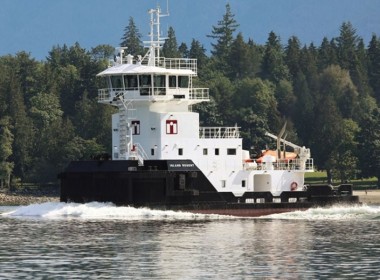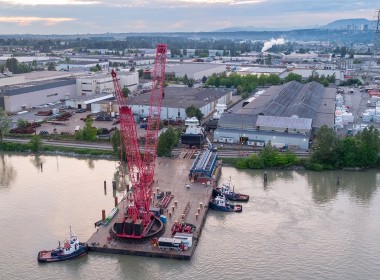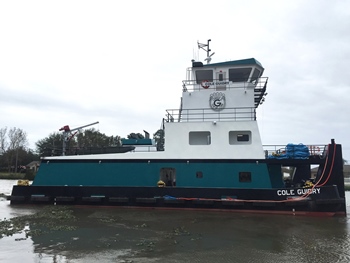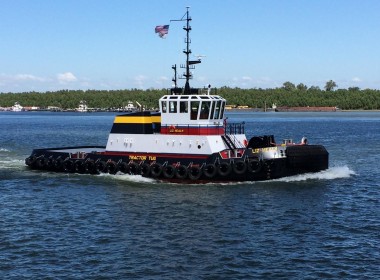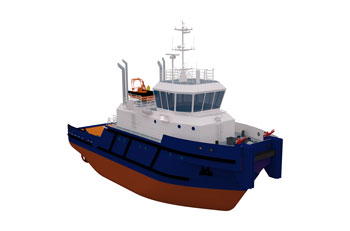US tug, towboat and barge industry study released
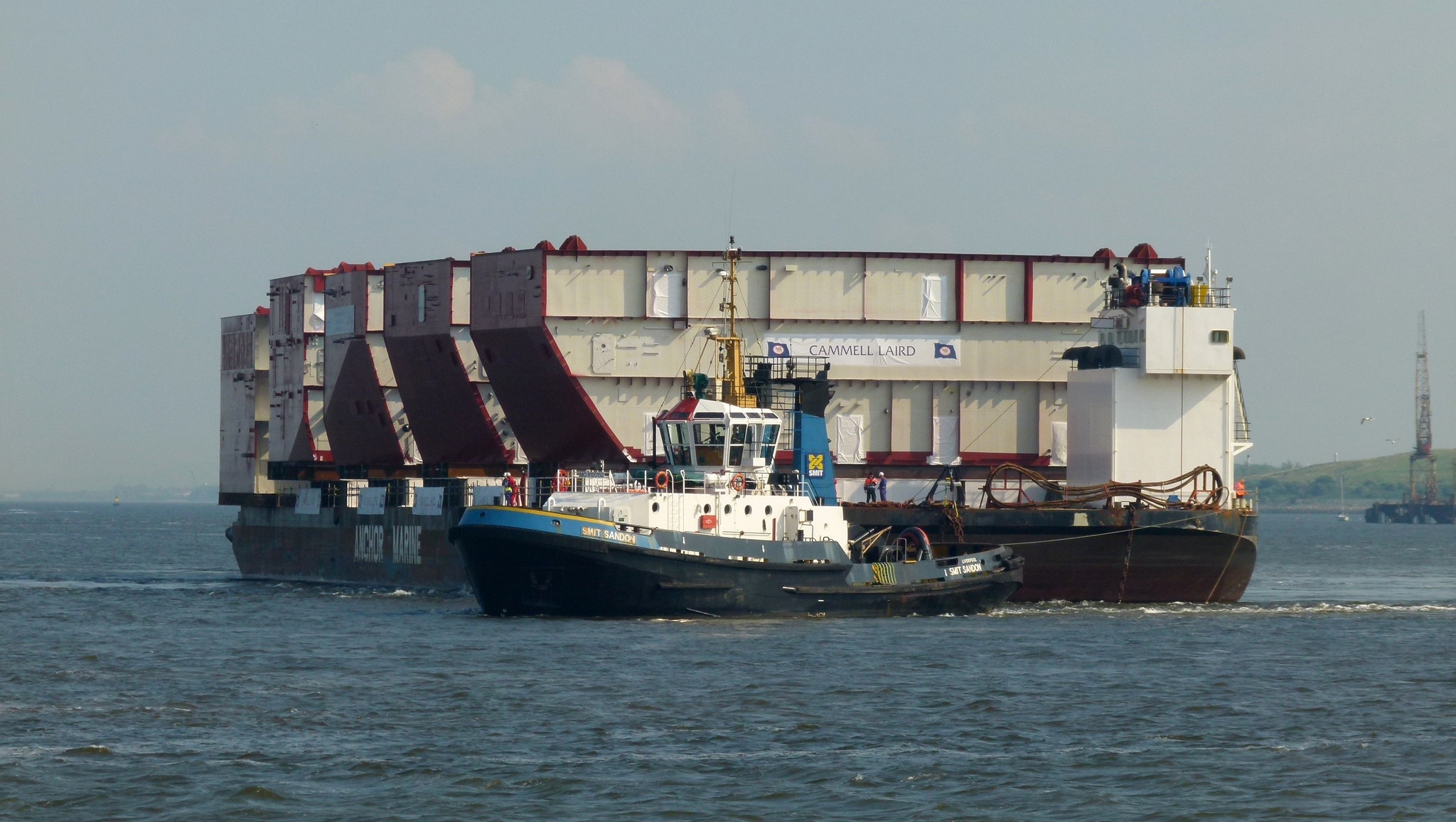
As part of a public relations effort, the American Waterways Operators commissioned a study to document the contribution of the American tug, towboat and barge industry to the US economy.
The study, developed through a cooperative agreement between AWO and the Maritime Administration (MARAD) and conducted by PricewaterhouseCoopers, explores the industry’s economic contributions to employment, gross domestic product, and taxes at the national and state levels; details the types and quantities of vital commodities transported on American waterways; and compares waterborne transport to
other modes of freight transport in terms of efficiency, environmental impact and public safety.
The study found that the industry supports over 300,000 jobs nationwide – including 50,000 in the industry itself, 38,000 of which are on board vessels – and has a total annual impact on GDP of US$33.8 billion.
The industry annually moves more than 760 million tonnes of cargo including critical commodities like petroleum, agricultural products, chemicals, coal, and manufactured goods.
The study found that one inland dry cargo barge can haul 1,750 tonnes of dry cargo, the equivalent of 16 bulk rail cars or 70 tractor trailers, with greater fuel efficiency and fewer greenhouse gas emissions.
“The maritime industry enables the movement of goods and cargo quickly, efficiently, and at low cost between producers and markets along our nation’s waterways,” commented MARAD Executive Director Joel Szabat. “Waterborne commerce opened up our nation to trade and helped transform a fledgling democracy into the economic superpower it is today. Energy efficient water transport continues to play a pivotal part in our nation’s transportation system and helps make America’s economy more competitive.”



